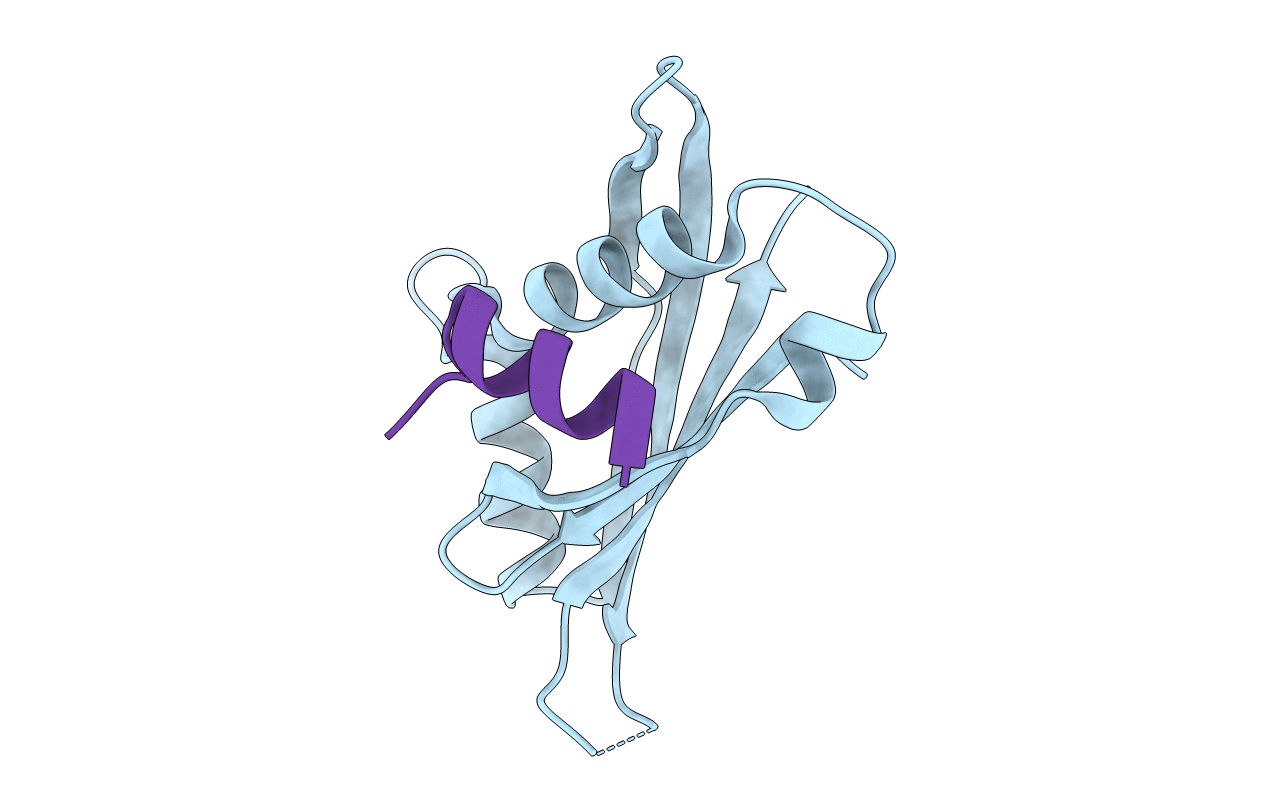
Deposition Date
2003-07-02
Release Date
2004-02-12
Last Version Date
2024-05-08
Entry Detail
PDB ID:
1OJ5
Keywords:
Title:
Crystal structure of the Nco-A1 PAS-B domain bound to the STAT6 transactivation domain LXXLL motif
Biological Source:
Source Organism:
MUS MUSCULUS (Taxon ID: 10090)
HOMO SAPIENS (Taxon ID: 9606)
HOMO SAPIENS (Taxon ID: 9606)
Host Organism:
Method Details:
Experimental Method:
Resolution:
2.21 Å
R-Value Free:
0.21
R-Value Work:
0.16
R-Value Observed:
0.17
Space Group:
P 62


